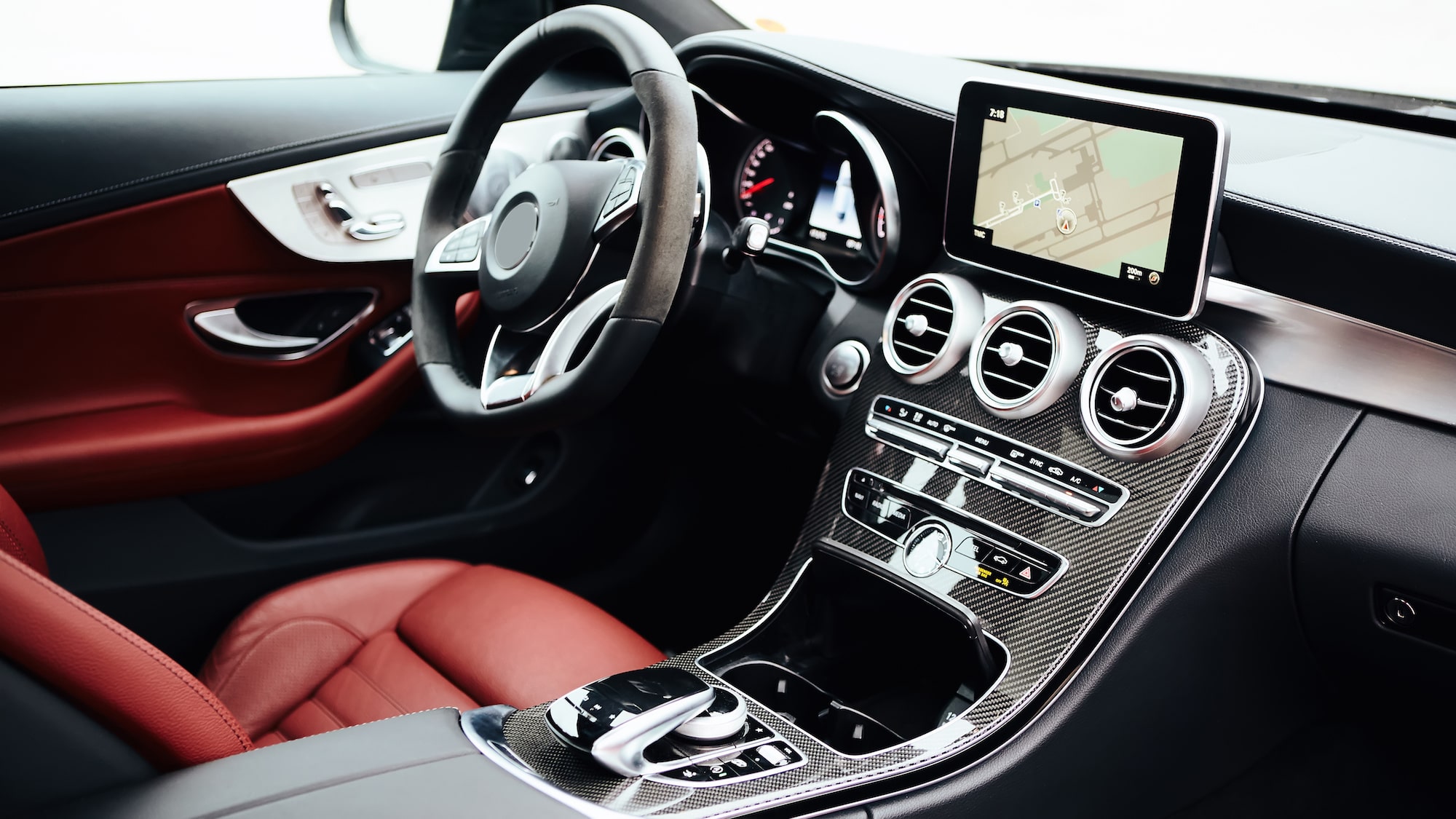Today, technology is integrated into all aspects of our lives. This includes the automotive industry, which is in a period of transition. Continued innovation of Advanced Driver Assistance Systems (ADAs) is paving the way for the development of semi and fully autonomous vehicles.
By 2021, many autonomous vehicles will be operating on public roads if the necessary government safety regulations are set in place. A research conducted recently revealed that by 2035 there will be 54 million semi-driverless or driverless cars on the road.
Due to the demand for safety, convenience, and connectivity, the automotive industry has advanced. Today, many capabilities in self-driven cars are possible with the help of High-Density Interconnect (HDI) printed circuit boards.
The Role HDI Plays In Self-Driving Capabilities
Over the years, the automotive industry has relied on multi-layer PCBs for both mechanical and electrical connectivity. However, self-driving vehicles come with more requirements. They require installation of video cameras, radar receivers, and LiDAR sensors throughout the vehicle. This has led to an increase in the number of board layers in the Electronic Control Unit (ECU) from six to as many as twelve. These advancements mean that PCBs have to accommodate all these complex systems. Therefore, the PCB designers will have to refrain from multi-layer boards in favor of HDIs.
To meet these challenges, HDI brings a cutting edge design technique by enabling more functions per unit area than multi-layer PCBs. You can find HDI PCBs in smartphones, smart watches, and other small digital devices.
Today, HDI is a fast-growing technology integrated with PCBs. Unlike the conventional circuit board, HDI has a higher wiring density per unit area by leveraging laser-cut microvia technology, thinner materials, and finer lines. HDI is a popular design for more delicate and complex systems. It accommodates more components on either side of the PCB and reduces the weight of products. This increases its functionality and maximizes its ability in autonomous vehicles.
Systems in autonomous vehicles continue to become more complex as the displays are integrating more features. This calls for greater integration without the need to increase the size of the PCB. Regardless of how electronics are incorporated into the driverless vehicles, the size of PCBs used needs to shrink dramatically.
Industry Best Practices
With the increased need for safety in the semi and fully autonomous cars, the industry has developed best practices that manufacturers must follow. PCB manufactures leverage laser direct imaging (DI), as well as automatic optical inspection (AOI) systems to increase their industrial precision and quality while also improving and refining their products.
Traceability of components from manufacturers is also mandatory. The traceability enables manufacturers to identify the process that yielded the failure of a faulty part. Each PCB must, therefore, come with a unique ID. It helps find the specific manufacturer, its method of manufacturing, and how it should be handled.
The traceability solution allows automatic recording of all manufacturing stages. It adheres to industry best practices and also serves as a source for data analysis.
Future of HDI and Autonomous Vehicles
As autonomous vehicles transform the automotive industry, vehicle system designers will focus more on optimizing driverless car systems. They will integrate additional sensors and ECUs that are necessary for semi and fully autonomous vehicles in a sleek end design with the help of HDI technology. With a combination of new products, tools, data management, and traceability self-driving innovation will ramp up fast soon.

